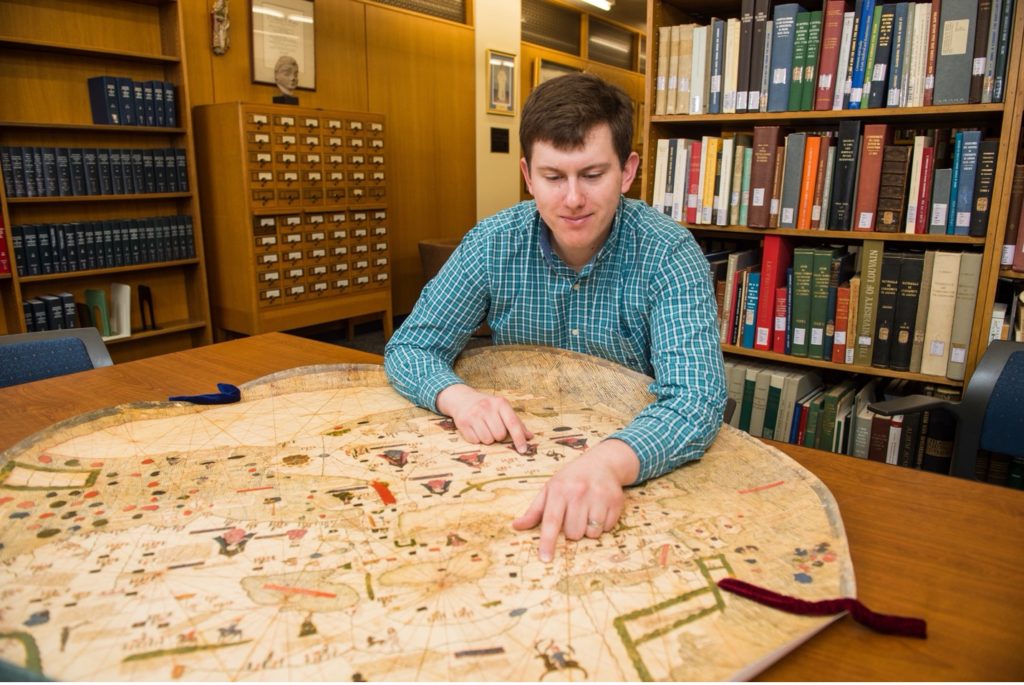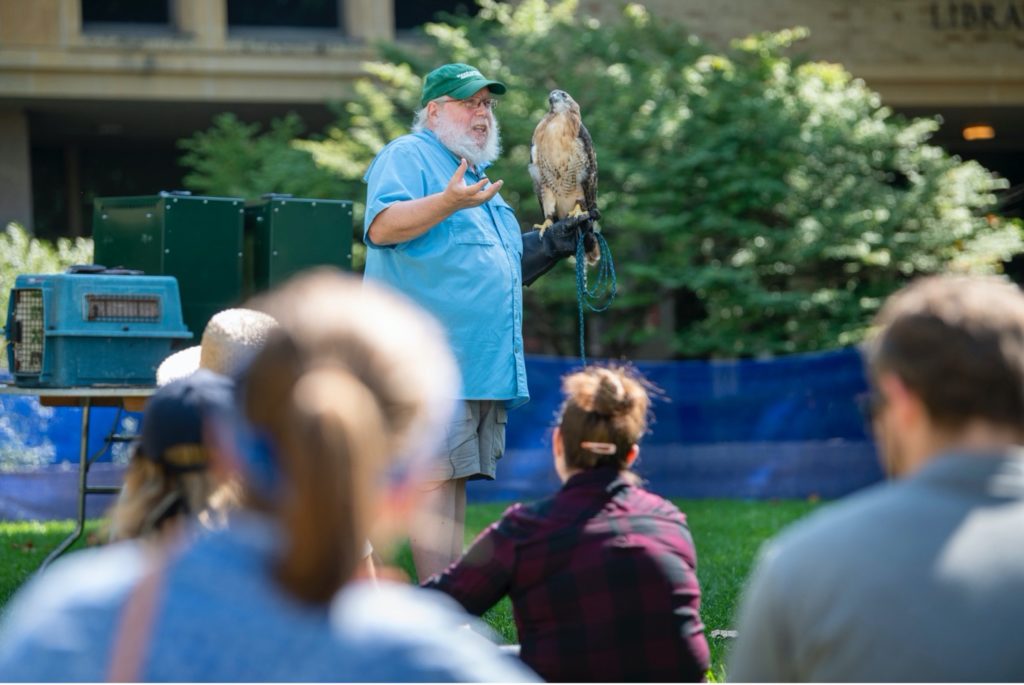It is the work of public humanities to question how we wield memories of the past for present ends. Through community-engaged teaching and learning, medievalists have the opportunity to pass on memories of the Middle Ages that move us toward social justice. We must begin by telling the dangerous memories of suffering that marked the millennium between 500 and 1500 C.E.: the expulsion of Jews from Christian kingdoms, Crusades against Islamic rulers in the Holy Land, and other instances of violence against religious and ethnic minorities. However, violence is not the whole story. At different times and places during these 1000 years, people of different religions and cultures lived peaceably side by side. Jews and Christians in Islamic Spain shared new learnings from Greek and Arabic writings on theology and philosophy. In the Levant, crusaders of diverse ethnicities farmed alongside their Muslim neighbors, not only tolerating the other’s religion but even appreciating their style of worship. Many Christians converted to Islam. Travel along trade and pilgrimage routes brought medieval people into contact with cultural others as they traversed commercial networks spanning from China through Syria and around the Mediterranean to North Africa and Europe. Migration compelled people to settle far from home, carrying their culture with them and adapting to their new circumstances. This is the more complicated story we need to tell.

Through public humanities initiatives, medievalists can engage community partners in remembering a messier, more complex Middle Ages and discovering the relevance of that memory to our messy and complex world today. At Notre Dame, the Medieval Institute is animating students and faculty to engage the wider community on campus and beyond. This fall we hosted Game Day events during which the community could learn from local artisans who practice historically informed crafts. We sponsored roundtables that put MI faculty fellows in conversation with scholars working on labor and religion to discuss issues related to the COVID-19 pandemic. This spring we are partnering with a local public high school to offer an elective history course on the global Middle Ages and participating in the public library’s hands-on science programming. These initiatives invite our community partners to think critically with us about popular (mis)conceptions of medieval culture, to challenge modern assumptions about the past, and to lift up the stories of marginated medieval peoples: women, laborers, and religious and ethnic minorities.

It is challenging to envision ways of engaging a broad public in reimagining history and its meaning for us today. Nevertheless, I care about this work because the dangerous memories of the medieval past help me imagine – and hope for – a more just future. In the political theology of Johann Baptist Metz, the dangerous memory of Jesus Christ, executed by the state for challenging the power of empire, is subversive of the status quo and impels Christians to work for liberation. I perceive medieval art and literature to be full of similarly dangerous memories: of women who dared to write against the fearful and patriarchal theologies of their day, of poets who critiqued ecclesiastical abuses of money and power, of reformers who wanted all people to have access to sacred scripture in their mother tongue and who dreamed of “a poor church, for the poor.” Theirs are the stories I want to remember from the Middle Ages – stories that feel urgently relevant for our time, as dangerous then as they are now.
Annie Killian, Ph.D.
Public Humanities Postdoctoral Fellow
Medieval Institute
University of Notre Dame


